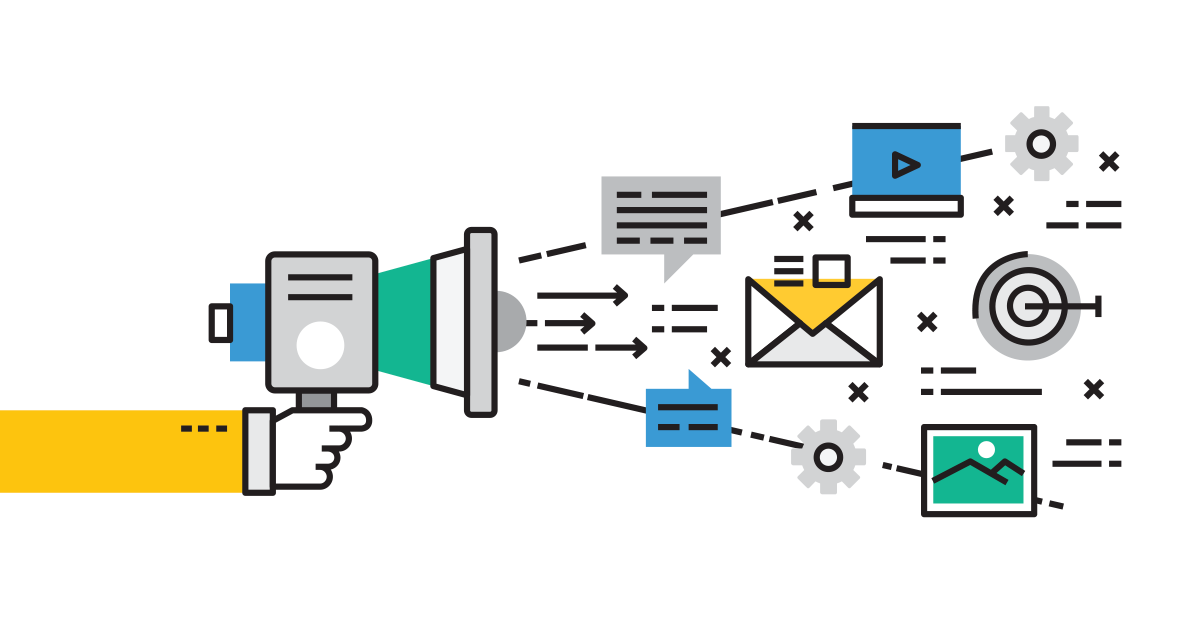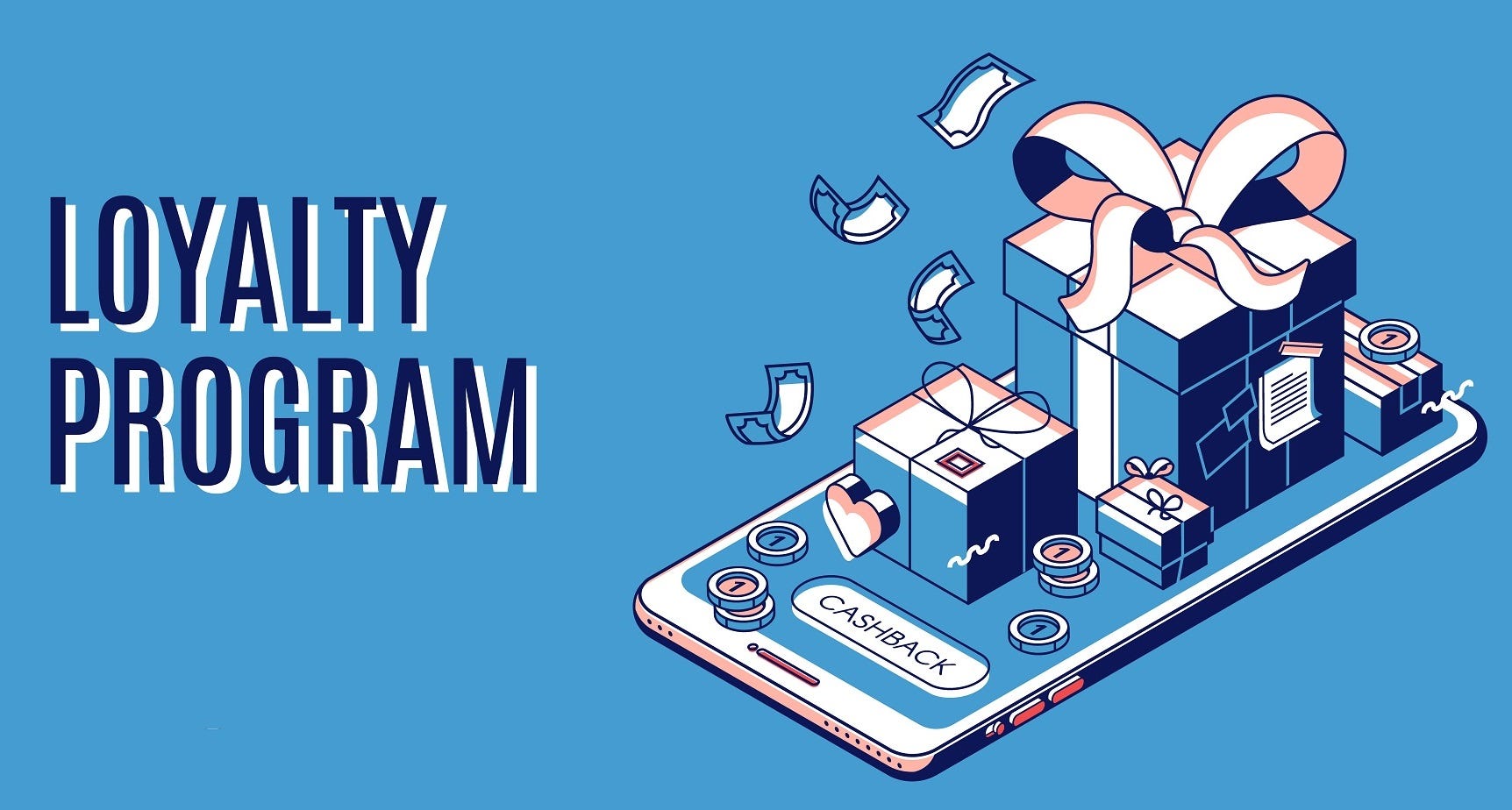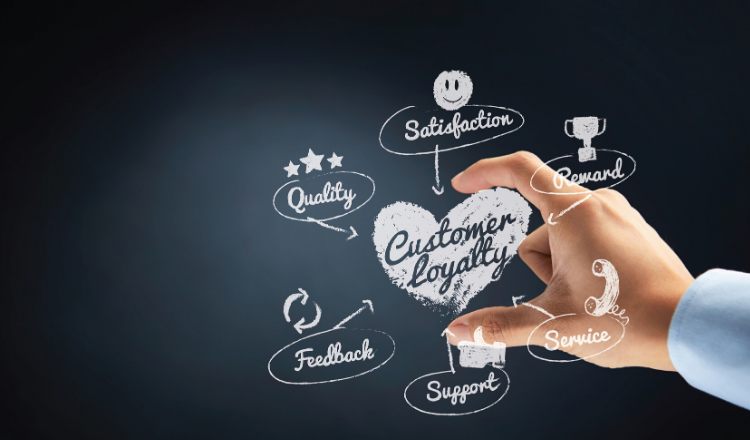All Categories
Featured
Table of Contents
In 33054, Keenan Benson and Kimberly Daniels Learned About Social Media

What if you could grow your business without increasing your spending? In reality, what if you could in fact lower your spending but increase your sales, every year? Would you do it? If you're an entrepreneur, then you'll likely provide a definite 'yes', a simple answer to an even simpler question.
A benefits program tracks and rewards certain spending behavior by the customer, providing unique advantages to faithful clients who continue to go shopping with a particular brand. The more that the consumer invests in the store, the more advantages they receive. In time, this incentive builds loyal consumers out of an existing client base.

Even if you currently have a benefit program in location, it's a good idea to dig in and fully understand what makes client loyalty programs work, as well as how to execute one that costs you little money and time. Do not fret, I'll assist you with that. I'll break down the primary advantages of a commitment program and the best methods to produce devoted clients.
Let's dig in. Client commitment is when a consumer returns to work with your brand name over your rivals and is mainly affected by the positive experiences that the client has with your brand. The more positive the experience, the more likely they will return to patronize you. Consumer loyalty is incredibly essential to services because it will assist you grow your business and sales faster than a basic marketing plan that focuses on recruiting new consumers alone.
A few ways to measure client loyalty consist of:. NPS tools either send a brand efficiency survey through e-mail or ask customers for feedback while they are going to a service's site. This info can then be utilized to better understand the possibility of customer commitment. A repurchase ratio measures the ratio of repeat purchasers versus one-time buyers.
Customer loyalty index (CLI). The CLI tracks consumer commitment in time and is comparable to an NPS study. However, it takes into consideration a few additional factors on top of NPS like upselling and buying. These metrics are then utilized to evaluate brand loyalty. A consumer loyalty program is a marketing method that rewards consumers who make purchases and engage with the brand name on an ongoing basis.
Customer rewards programs are developed to incentivize future purchases. This encourages them to continue working with your brand name. Client loyalty programs can be set up in various ways. A popular consumer loyalty program benefits consumers through a points system, which can then be spent on future purchases. Another kind of client commitment program may reward them with member-exclusive benefits or totally free presents, or it may even reward them by donating cash to a charity that you and your customers are mutually passionate about.
In Addison, IL, August Stout and Lawrence Schneider Learned About Linkedin Learning
By using benefits to your consumers for being loyal and supportive, you'll develop a rapport with them, deepening their relationship with your brand name and ideally making it less likely for them to change to a rival. You've most likely seen client commitment programs in your own shopping experience, whether at your preferred cafes or your most frequented grocery shops.
However simply because everybody is doing it doesn't imply that's a good adequate factor for you to do it too. The much better you understand the benefits of a consumer rewards program, the more clarity you will have as you create one for your own store. You will not be sidetracked by exciting advantages and complex loyalty points systems.
Remember: work smarter, not harder. Client retention is the main advantage of a benefits program that acts as a foundation to all of the other benefits. As you provide incentives for your existing consumer base to continue to buy from your shop, you will offer your shop with a constant flow of cash month after month.
By growing your retention rate, you can stop investing as much time or cash on increasing your overall variety of clients. Why is this crucial? Devoted clients have a higher conversion rate than brand-new customers, meaning they are most likely to make a transaction when they visit your shop than a brand-new consumer.
By increasing your retention rate by only 5 percent, you can increase your profits by 25 percent and as much as by 95 percent. Needless to say, your retention rate matters. Secret Takeaway: If you want to substantially increase your revenues, offer incentives for your existing clients to continue to patronize your shop.
And you won't have to spend cash on marketing to get them there. Consumer acquisition (aka generating new consumers) takes a lot of effort and money to convince total strangers to trust your brand name, come to your shop, and attempt your products. In the end, any money made by this brand-new client is overshadowed by all of the money invested in getting them there.
Key Takeaway: If you wish to lower costs, concentrate on consumer retention rather of client acquisition. When you concentrate on providing a favorable personalized experience for your existing customers, they will naturally inform their loved ones about your brand. And with each subsequent transaction, faithful clients will tell a lot more individuals per deal.
In 21207, Desirae Warner and Mckenna Griffin Learned About Happy Customers
The finest part? Because these brand-new consumers originated from relied on sources, they are more most likely to become devoted consumers themselves, investing more on average than brand-new consumers brought in by other marketing efforts. The Chase Ultimate Benefits program, for example, offers significant perks for people who take a trip a lot.
The 'supreme benefits' that Chase cardholders get include 2x points per dollar spent on all travel purchases along with primary rental car insurance, no foreign deal charges, trip cancellation insurance, and purchase security. For people who take a trip a lotand have non reusable income to do sothere is a huge incentive to spend money through the supreme benefits program.
This entire process makes redeeming rewards something worth bragging about, which is precisely what lots of cardholders wind up doing. And to assist them do it, Chase provides a benefit for that too. Secret Takeaway: Make it easy for your customers to boast about you and they will spread the word about your buy totally free.
When you get the fundamentals down, then utilizing a loyalty rewards app can assist take care of the technical details. Here are the steps to get begun with creating your consumer commitment program. No customer wants to buy products they do not desire or require. The same goes for your commitment program.
And the only method to customize a tempting client commitment program is by totally understanding your consumer base. The best way to do this? By executing these methods: Build client contact info any place possible. Guarantee your service is continuously building a comprehensive contact list that permits you to gain access to existing clients as frequently and as quickly as possible.

Track customer behavior. Know what your customers want and when they desire it. In doing so, you can expect their wants and requires and offer them with a loyalty program that will please them. Classify consumer personal characteristics and choices. Take a multi-faceted method, don't limit your commitment program to simply one opportunity of success.
Encourage social networks engagement. Frame strategies to engage with your customers and target market on social networks. They will soon supply you with very insightful feedback on your services and products, permitting you to much better understand what they anticipate from your brand. When you have worked out who your clients are and why they are working with your brand, it's time to decide which type of commitment benefits program will motivate them to stay devoted to you.
In 39564, Adrian Cameron and Moses Proctor Learned About Subscriber List
However, the most common consumer loyalty programs centralize around these primary concepts: The points program. This type of program focuses on satisfying customers for every single purchase they make with points in a point system. These points can then either be utilized on future purchases or put towards some kind of reward.
The paid program. This type of program requires customers to pay a one-time or annual cost to join your VIP list. Loyalty members who belong to this list have the ability to access unique rewards or member-exclusive benefits. The charity program. This type of program is a bit various than the others.
This is attained by encouraging them to do organization with the brand name and, in return, their commitment will be rewarded with a contribution to a charity. The tier program. This kind of program focuses on increasing levels of brand name commitment. The more loyal a client is to a brand name, the greater tier they will climb up to and the better the benefits they will get.
This type of program is simply as it sounds, where one brand name partners with another brand to offer their cumulative audiences with special member discount rates or offers that they can redeem while doing organization with either brand name. The neighborhood program. This type of program incentivizes brand commitment by offering its members with access to a similar neighborhood of individuals.
This kind of program is relatively similar to paid programs, nevertheless, the membership cost takes place regularly instead of a one-time payment. Next, choose which consumer interactions you 'd like to reward. Base these rewards around which interactions benefit your service one of the most. For example, to help your organization out, you can use action-based rewards like these: Reward consumers more when doing service with your brand name throughout a slow duration of the year or on a notoriously sluggish day of business.
Reward clients for engaging with your brand on social media. Incentivize certain items you are trying to move quickly. Incentivize purchases that are over a particular dollar amount. The idea is to make your customer loyalty program as easy as possible for your clients to utilize. If your consumer commitment program isn't staff friendly, isn't simple to track, is too costly to run, or isn't easy for your clients to utilize or comprehend, then personnel and consumers alike probably will not benefit from it.
To get rid of these barriers to entry, consider incorporating a consumer loyalty software that will help you continue top of all of these elements of your program. Some quality consumer program software application include:. CandyBar is a digital punch card program. It works by tracking your customer's purchases through an app on a computer system, phone, or tablet.
In Staunton, VA, Kiana Frank and Kareem Hurley Learned About Marketing Tips
Commitment members can then inspect their benefits through text message and company owners can use the program to contact their consumers. Yotpo. Yotpo is a cloud-based consumer loyalty platform specifically for eCommerce businesses. This software application is especially proficient at gathering every type of user-generated material, valuable for tailoring a much better client experience.
Loopy Loyalty is an useful consumer loyalty software for organizations that primarily utilize Google Wallet or Apple Pay as their payment platforms. The software application develops a digital commitment card that sends push notices to their consumers' phones when they remain in close proximity to their traditional shop. As soon as you've put in the time to decide which consumer commitment methods you are going to carry out, it's time to start promoting and signing up your very first commitment members.
Use in-store ads, incorporate call-to-actions on your site, send promos via email newsletters, or upload advertising posts on social media to get your customers to sign up with. It is very important to comprehend the primary advantages of a consumer rewards program so that you can develop a personalized experience for both you and your customer.
Believe about it. You understand what kinds of items your customers like to buy but do you know what brings them back, day after day, week after week? What makes them select your store over the store throughout the street? What makes them your client and not the consumer of your biggest competitor? Surprisingly, the answers to these concerns do not boil down to discount rate costs or quality items.
Table of Contents
Latest Posts
Figma: The Collaborative Interface Design Tool. Tips and Tricks:
Website Design - Best Ecommerce Web Design By Shopify Tips and Tricks:
What Is A Web Designer? (2022 Guide) - Brainstation® Tips and Tricks:
More
Latest Posts
Figma: The Collaborative Interface Design Tool. Tips and Tricks:
Website Design - Best Ecommerce Web Design By Shopify Tips and Tricks:
What Is A Web Designer? (2022 Guide) - Brainstation® Tips and Tricks: